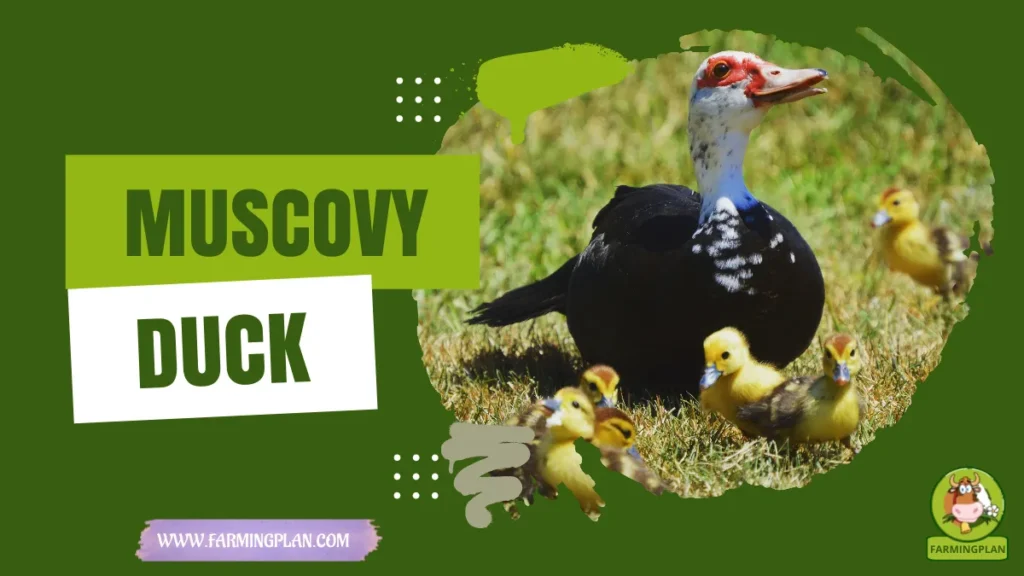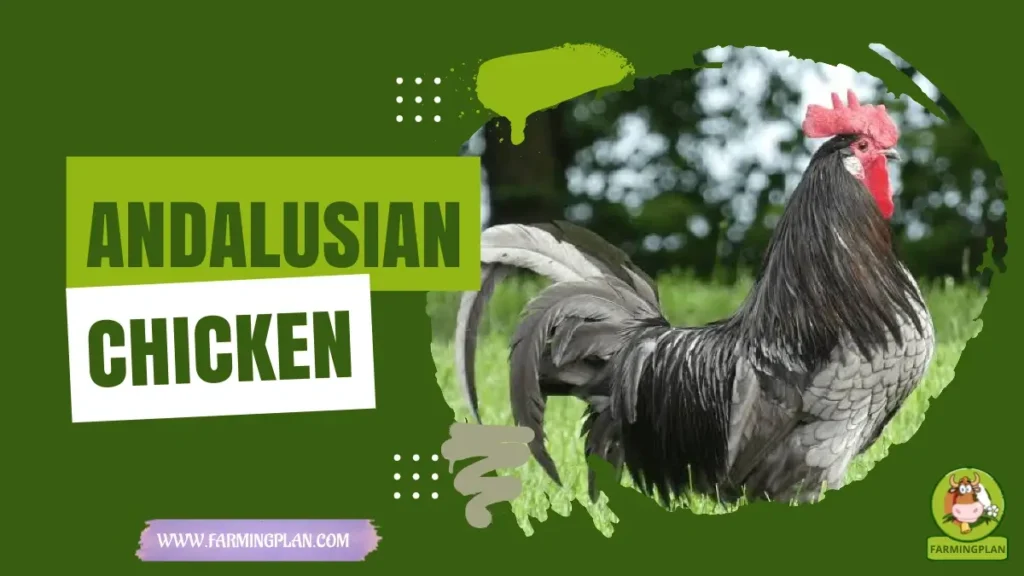The muscovy duck (Cairina moschata) is native to South America, where it lives in the wild since, before its domestication, many years ago. It is also known by the names of Duck Muscovy, criollo, berberia etc. Its name comes from being a silent duck that does not emit almost squawks, unlike other breeds of ducks. It is a bird that is raised mainly by its excellent meat and its speed decrease.
Also known as Barbaria duck, Berberisco, Brazilian, Guinea duck, Creole duck, duck, Peruvian duck, boox-duck and duck originally from South America. it is believed that it entered Europe with the first conquerors. It is a rustic bird, resistant to diseases, has a higher tolerance to high temperatures than the common duck.

Characteristics of Muscovy Duck:
Muscovy duck has black feathers on a large part of its body, the most common variety has greenish reflections. Its beak is broad with red flesh, long body, bulging breast and almost horizontal carving. It presents a very marked sexual dimorphism and the weight of the females corresponds to 55% of the male’s weight.
It has been used a lot in crosses, to improve the meat skills of other ducks. Its color is black and white (usually black body and part of the neck, chest and white head, although it can be, in the case of the captive, completely White, gray and white and reddish-brown. The breed standard admits the mixtures of these colors. Rounding the eye and up to the beak, it has characteristic reddish flesh. The male is almost twice the size and weight that the female, Reach more than 4 kilos.
Despite being raised by his flesh, he is a rather prolific duck. Breeding two or three times a year, with 12 to 18 eggs or more, depending on size let them incubate or are removing eggs. It is a quiet bird that can coexist with other animals, although it is not highly recommended to raise them. In the same place as the hens, since the hens tend to spoil and stir them in their nests. Incuba alone, being a good mother to take care of the ducklings.
If they are loose on a large farm, it is necessary to watch the females in the deposed season, since they tend to look for hidden places, outside the henhouse, for making their nests. If several females are raised together in a chicken coop, they tend to get two legs together to incubate the same eggs.
Stages of the life cycle
- Beginning stage: It begins with the birth of the ducks and lasts until the third week of life, in 1 square meter can be reared 40 ducks of one week, 30 of two weeks and 20 of three two weeks and 20 of three weeks, in This stage is done to them in order to avoid cannibalism; At this stage, 90% of the baby ducks survive.
- Stage of growth: in this stage, from the fourth to the seventh week, the sexing of the ducks examining the sewer, in the males you can see a very small transparent papilla which protrudes and in the females, you can not see anything.
- Fattening stage: this stage goes from the eighth week to the twelfth in the males and up to the tenth or eleventh in the females, the density at this stage is three ducks per square meter.
Food
This breed has precocity in fattening and a great capacity to take advantage of the food that consumes.
Usage
They took advantage of both their meat and their eggs, and it was a very tasty animal that even came to weigh 5 kilos in the case of males. The Muscovy duck is a unique species in the humid jungles of South America. You can sell it for its meat and its eggs. If it is raised at home then take advantage of it. You can take the young to keep the ducks in the family.
Special Feature
In South America, to avoid this, they use a pointer with sidewalls and in which the laying surface is only 30 by 30 centimeters. It is not a perfect system, but we do quite well. They usually have about three or four females per male. For the same reason as in the case of the Indian runners. It is curious the liking that they have to eat the flies or the insects in general. Ya of small they persecute them continuously.
In South America, they are used in pig farms to control infestations of flies. They have been tested in a pigs’ house. Releasing a certain amount of flies and it has been proven that these ducks end ten times first with them. After that using the traditional method of strips of gummed paper so that they remain stuck to them. The incubation period is a few days longer than the rest of the ducks, is usually about 34/35 days. It is necessary to sacrifice them when they are young, from 5 to 6 months, because when they are adults their meat gets an unpleasant taste
Main productive characteristics of Muscovy Duck:
| Male | Females | |
| Plumage | White | White |
| Recommended sacrifice age (days) | 88 | 70 |
| Live weight at slaughter (g) | 5.000 | 2.700 |
| Conversion rate (kg feed / kg live weight) | 2,8 | 2,8 |
| Fertility (%) | 92-93 | 90 |
| Sexual maturity (weeks) | 28 | 28 |
FAQ
Can you eat Muscovy ducks?
Yes, you can eat Muscovy ducks. The meat from a Muscovy duck is lean and flavorful, and it can be cooked in a variety of ways. It has become increasingly popular in recent years for its unique flavor profile that is slightly different from other duck varieties.
Is a Muscovy a duck or a goose?
The Muscovy is a species of duck native to Central and South America. It is also known as the “Barbary Duck” or “Musky Duck”. While it looks similar to a goose, it is actually more closely related to other ducks like Mallards and Pintails.
Do Muscovy ducks lay eggs?
Yes, Muscovy ducks do lay eggs. The average clutch size for a Muscovy duck is 10-12 eggs, though they can lay up to 20. The eggs are typically white and are larger than those of other domestic ducks.
Conclusion
If you’re like me, then you love animals. The Muscovy duck is a large waterfowl that has been around for centuries and was domesticated by Mesoamericans before the arrival of Europeans in 1492. They are native to Central America but have established themselves as an invasive species across North America with small populations found throughout Europe too. I hope this guide has helped make them seem less scary! Good luck!
As A Reference: Wikipedia

